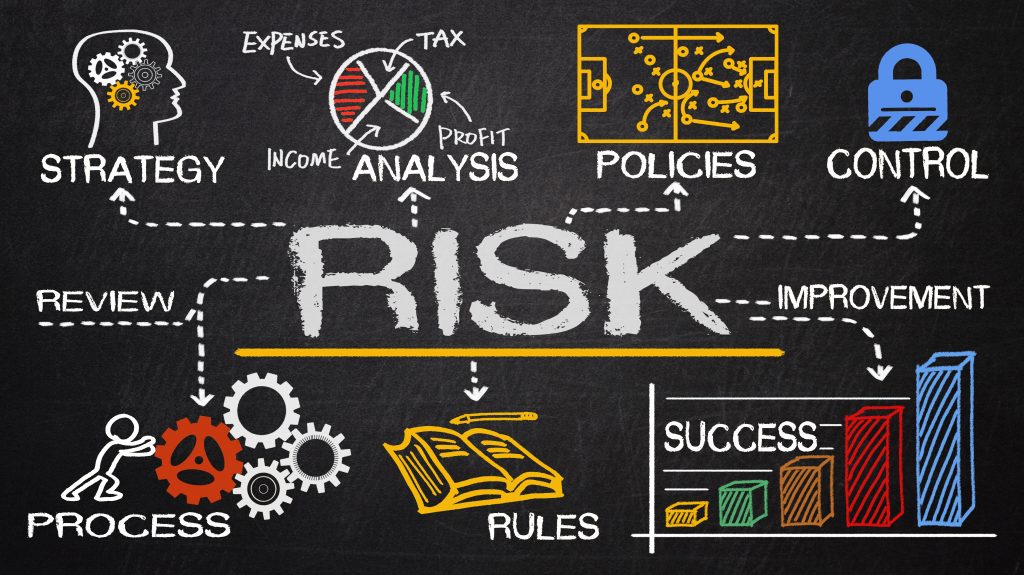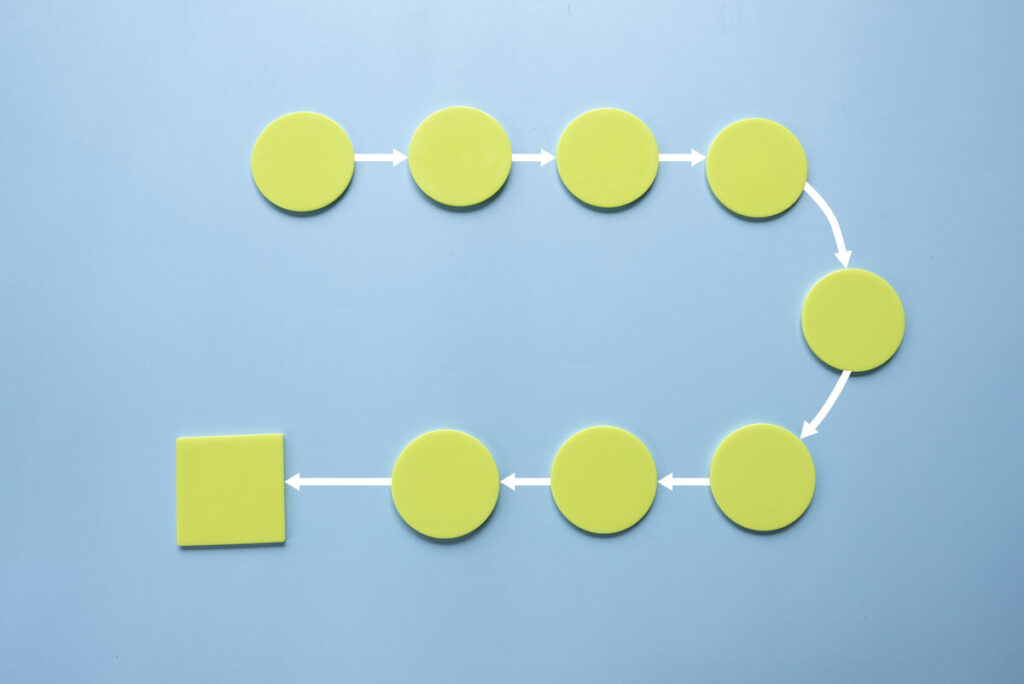Key takeaways
Agile vs. Waterfall: What are the similarities and differences?
The fundamental difference between Agile and Waterfall lies in their approaches to project management. Agile is about adaptability and iterative progress, while Waterfall is a linear, phase-by-phase approach. Agile allows for changes along the way, while Waterfall is largely set in stone once started.
The table below highlights the similarities and differences between Agile and Waterfall in each stage of the project management lifecycle:
| Both | Agile | Waterfall | |
|---|---|---|---|
| Initiation | Projects start with a requirements-gathering phase to understand what the project aims to achieve. | Initial requirements are flexible and open to changes. | Initial requirements are rigid and well-defined. |
| Planning | Projects involve activities like defining tasks and estimating timelines. | Planning is iterative and evolves as the project progresses. | Planning is done upfront, and changes are not easily accommodated. |
| Execution | The primary focus is on creating a working product. | Execution is easily adaptable, with frequent reassessments and changes. | Execution follows the initial plan closely and doesn’t entertain modifications easily. |
| Monitoring & Control | Monitoring and control measures ensure the project is on track. | Monitoring is done in real-time and adapts quickly. | Monitoring relies on predefined checkpoints and is less flexible in making adjustments. |
| Closure | Projects are finished when there is a finished output. | The criteria for a “finished” project may continue to evolve. | Projects have a clearly defined endpoint. |
Also read: Top Innovative Project Management Strategies
What is Agile methodology?
Agile is a flexible, collaborative approach to project management that focuses on delivering small, incremental improvements to achieve a larger objective.
It emphasizes a high level of communication among cross-functional teams and stakeholders, and it allows for rapid adjustments based on real-time feedback. This methodology is particularly well-suited for projects where the end goal may not be clearly defined from the outset.
Pros
Cons
Agile principles
The Agile methodology is anchored by a set of twelve guiding principles designed to optimize project efficiency:
- Client satisfaction: Aim for early and ongoing delivery of software that brings value to the client.
- Adaptive mindset: Be open to modifications in project requirements, even if they occur late in the development cycle, to give the client a competitive edge.
- Swift product releases: Consistently roll out functional software at frequent intervals, ideally with a focus on shorter timelines.
- Interdisciplinary cooperation: Ensure that business stakeholders and technical teams engage in daily dialogue throughout the project’s duration.
- Team morale: Construct the project framework around motivated team members and provide the necessary resources for success.
- Direct conversations: Prioritize in-person interactions as the most efficient means of communication within the team.
- Operational software: Use the functionality of the delivered software as the main indicator of project progress.
- Enduring momentum: Aim for a steady pace that can be kept up for the long term.
- Commitment to quality: Always focus on doing high-quality work to stay agile.
- Essentialism: Concentrate on eliminating unnecessary work and zero in on what truly matters.
- Autonomous group dynamics: Encourage self-management within teams, as the most effective project structures and designs often emerge from such groups.
- Periodic introspection: Regularly take time to check how the team is doing and make any necessary changes.
When to use Agile
Agile offers the adaptability and speed needed to stay ahead of the curve, making it an excellent choice for software developers, marketing teams, and startups.
What is Waterfall methodology?
Waterfall methodology is a sequential, phase-based project management and software development approach. In this model, each phase must be fully completed before transitioning to the next one. This structured, linear process often starts with requirements gathering, followed by design, implementation, testing, deployment, and maintenance.
Unlike Agile, changes are not easily accommodated once the project has started. This makes Waterfall best suited for projects with well-defined requirements and low levels of uncertainty.
Pros
Cons
Waterfall principles
The Waterfall methodology operates on a smaller, more structured set of principles that guide each phase of software development from conception to maintenance:
- Requirements specification: Articulate a comprehensive delineation of the intended software functionality.
- Architectural design: Formulate a meticulous blueprint outlining the construction methodology.
- Implementation phase: Execute the construction of the software following the predefined architectural guidelines.
- Verification procedures: Conduct rigorous testing protocols to ascertain the software’s operational integrity.
- Maintenance and sustainment: Implement ongoing measures to ensure the software’s continuous performance and reliability.
When to use Waterfall
The Waterfall approach stands out for its structured and linear nature, making it a preferred choice for infrastructure and government projects as well as those in highly regulated industries.
Agile and Waterfall software tools
Jira
Jira by Atlassian is a popular project management tool primarily used by agile teams. It’s designed to help teams plan, track, and release world-class software.
Features that make it an effective software for agile project management include:
Smartsheet
Smartsheet is a project management platform that focuses on people’s work, regardless of the type, methodology, or process. It aims to improve visibility, collaboration, and resource management.
Here are the features that make it an effective software for waterfall project management:
monday.com
monday.com is an award-winning project management platform designed to empower teams to achieve better results at every project stage.
Some of the features that make it an effective software for hybrid project management are:
Waterfall vs Agile: How to choose the best methodology
Choosing between Agile and Waterfall isn’t a one-size-fits-all decision; it depends on various factors. By carefully considering factors such as project size, team expertise, client involvement, and regulatory requirements, you can make an informed decision.
However, Waterfall and Agile are just the tip of the iceberg regarding project management methodologies. Several other approaches include:
Whether you prioritize flexibility, budget, or another element, understanding the strengths and limitations of each approach is crucial to choosing the right one for your project.





